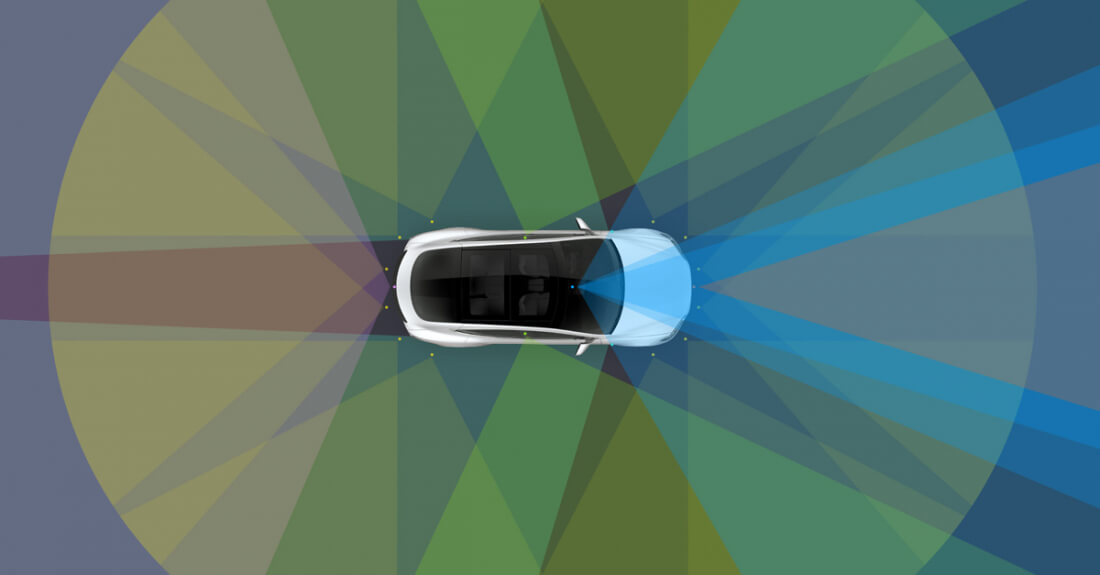Tesla has begun rolling out an update to Model S and Model X cars with second-generation Autopilot hardware --- specifically all of its cars produced on or after October 19, 2016. The software update will be delivered to eligible Tesla cars over-the-air, and though there's no action needed on the users' part, Elon Musk says that some cars will require adjustment of camera pitch angle by service.
Among the new features is a speed-limited version of Tesla's Autosteer, which will help the car maintain position within its lane at speeds up to 45 miles per hour. The feature is designated for use on highways with clear lane markings and the speed limit will reportedly increase as Tesla acquires "more data."
Autosteer will work with the traffic-aware cruise control system, or TACC, which automatically regulates speed for freeway driving based on the vehicle ahead. TACC is currently capped at a maximum of 75 miles per hour but if used in conjunction with the new Autosteer functionality it drops to 45 miles per hour.
Tesla's HW2 models are also getting the Forward Collision Warning (FCW) safety feature, which enables drivers to set the distance at which they want to receive audio and visual alerts when an object obstructs the path and could potentially cause a collision. For now this won't kick in Automatic Emergency Braking, or AEB, so the drivers are still required to act upon this warnings.
Tesla announced back in October that newer Tesla vehicles were being produced with fully integrated self-driving hardware. However, before activating all of the features enabled by the new hardware, Tesla is carefully calibrating the system using millions of miles of real-world driving and only enabling some of them gradually. Because of this, Teslas with new hardware still lack certain features currently available on Teslas with first-generation Autopilot hardware, like Automatic Emergency Braking as well as the ability to parallel/perpendicular-park or to summon themselves.
